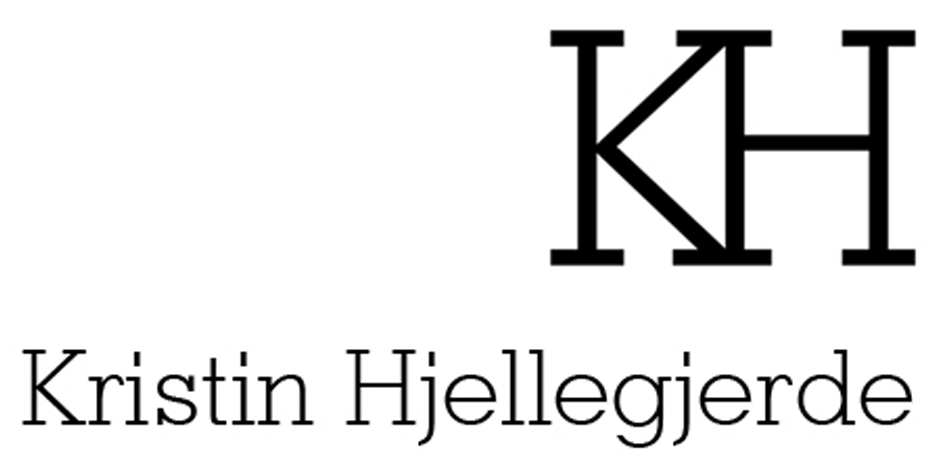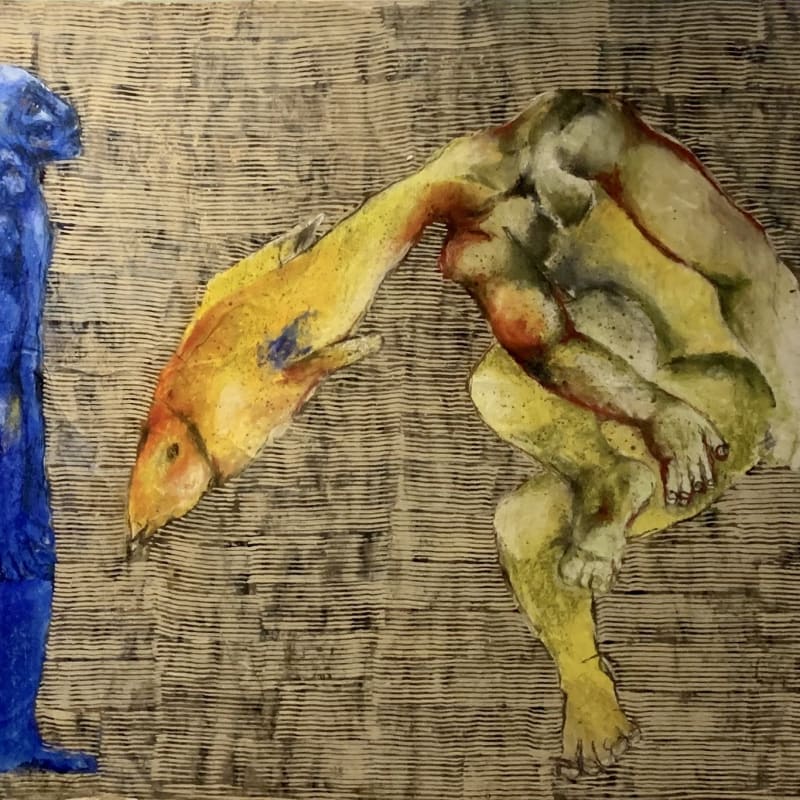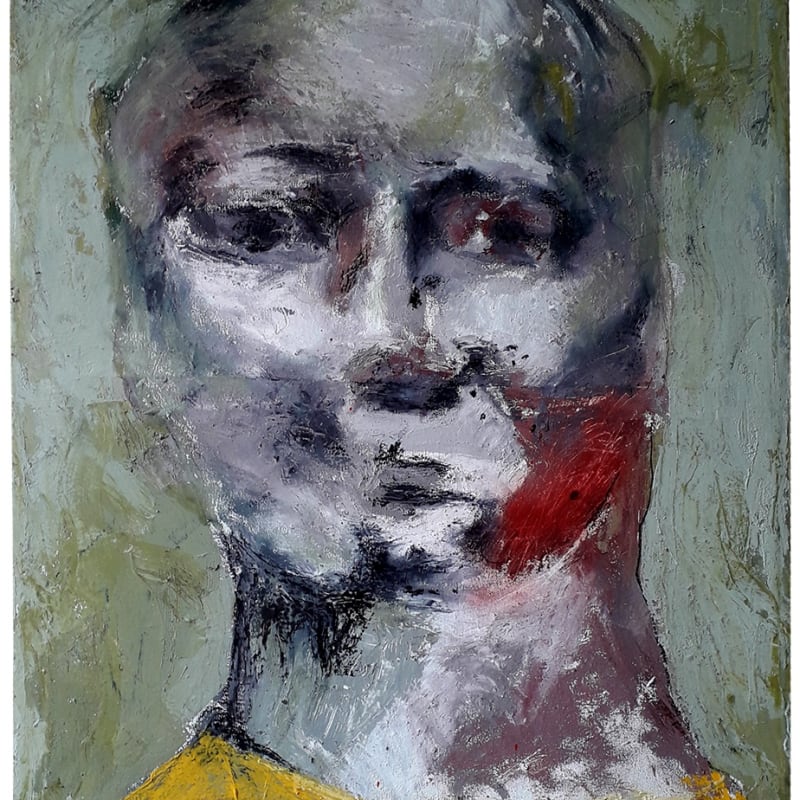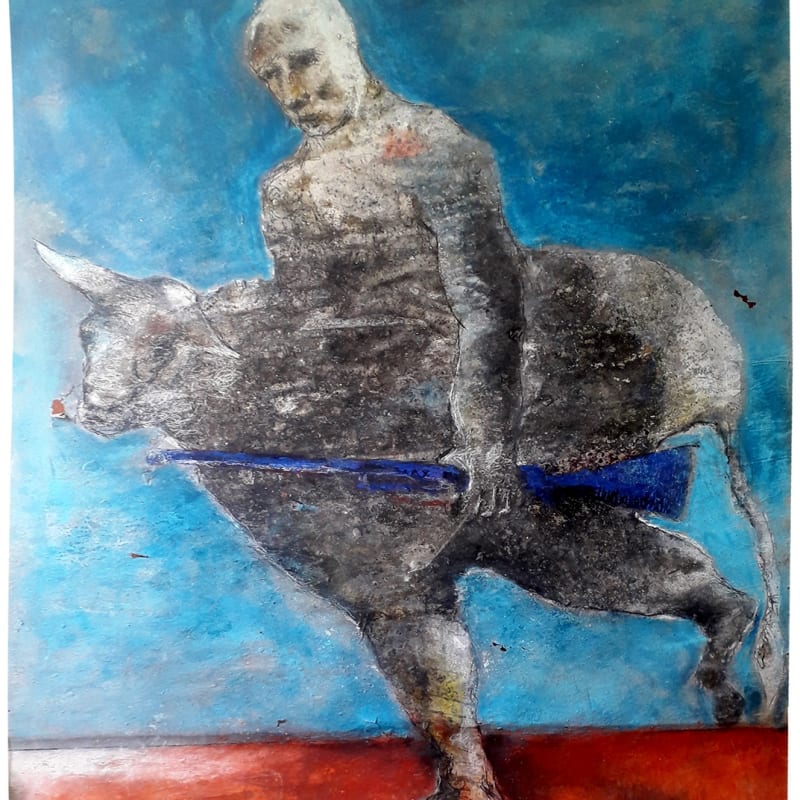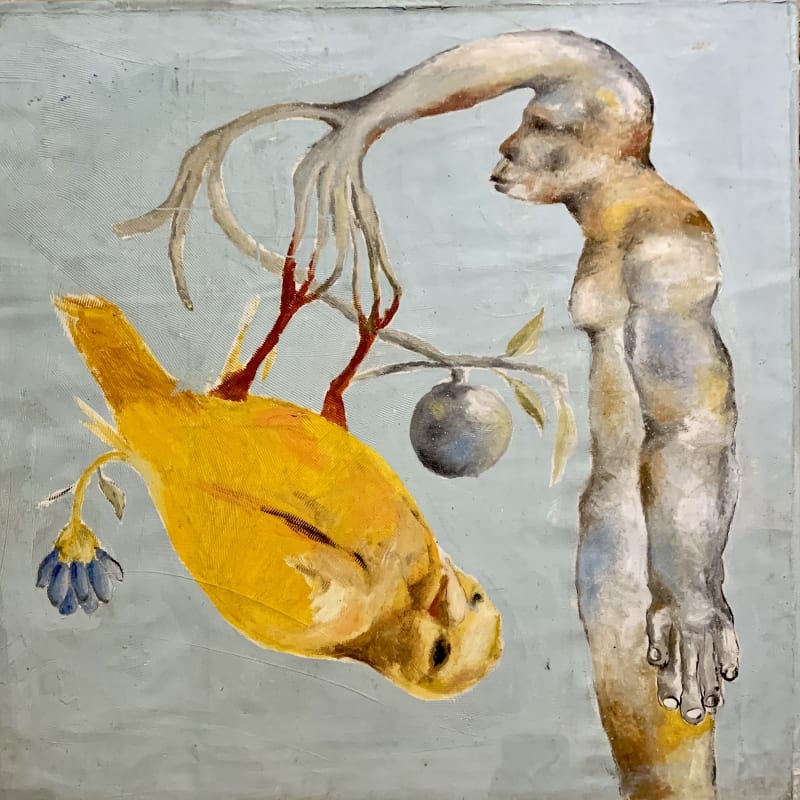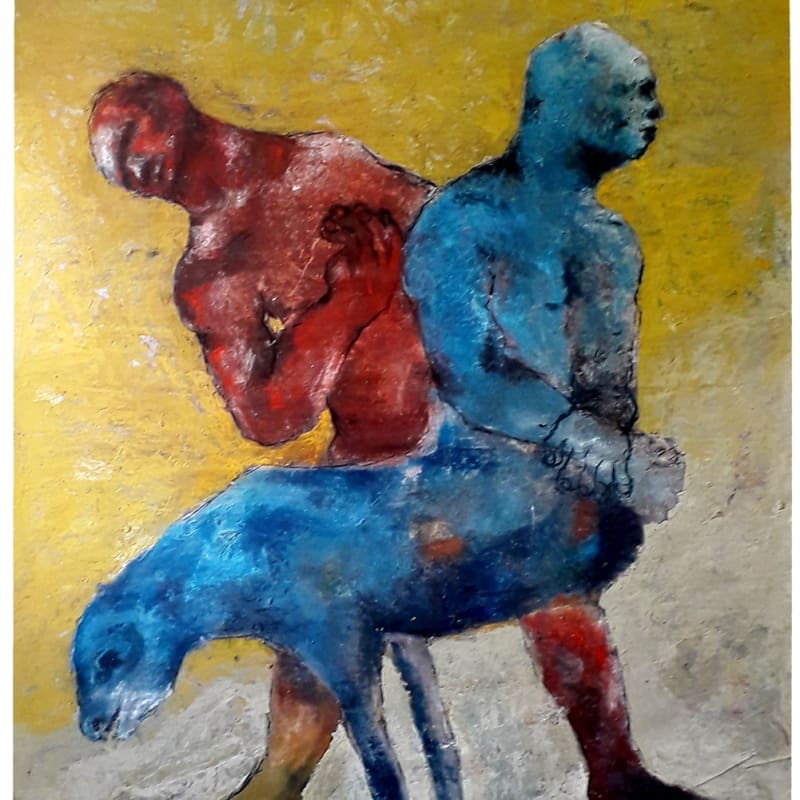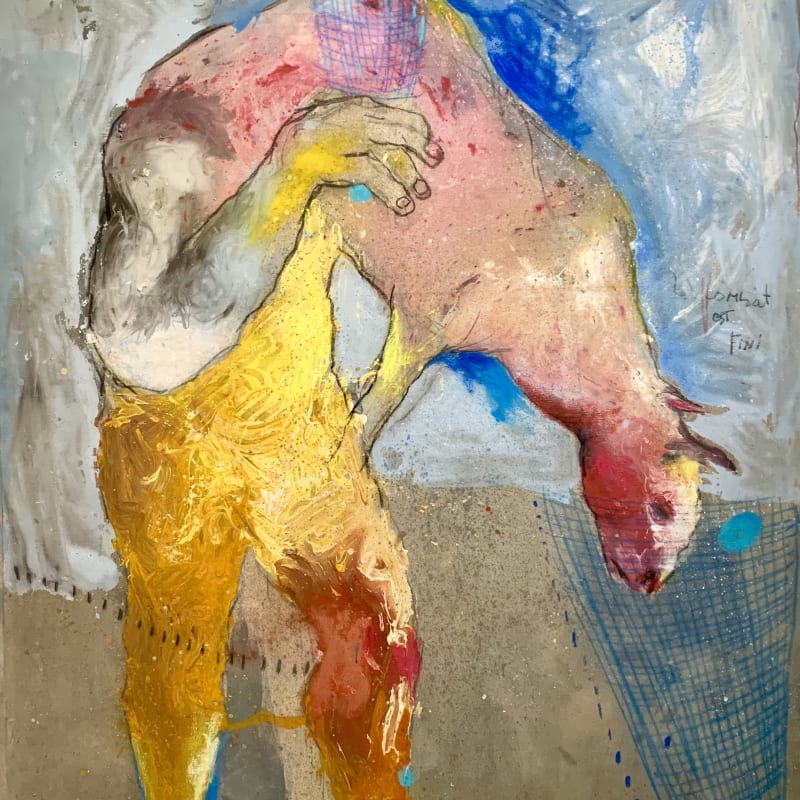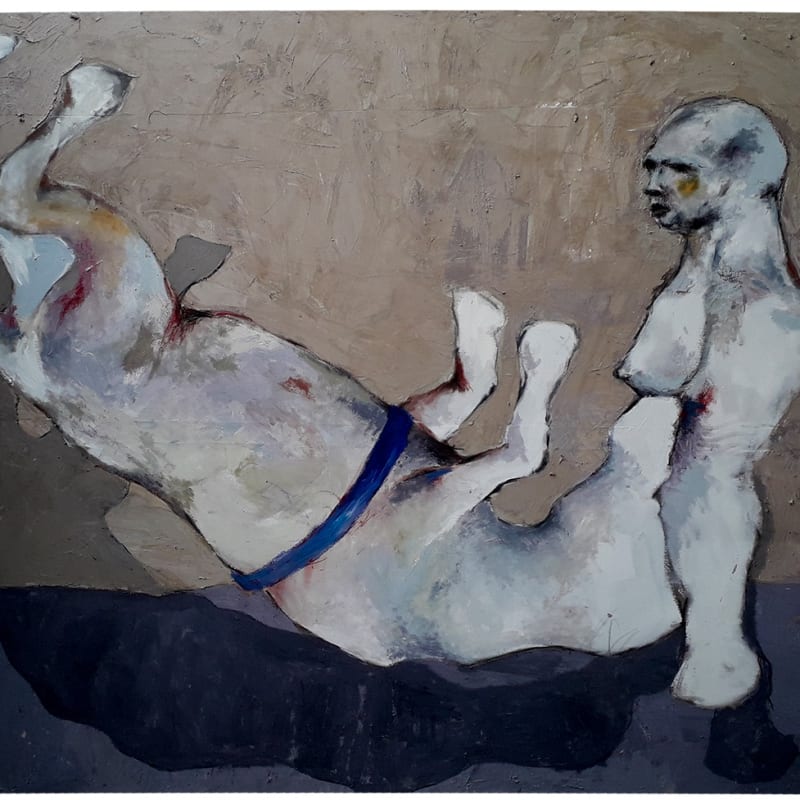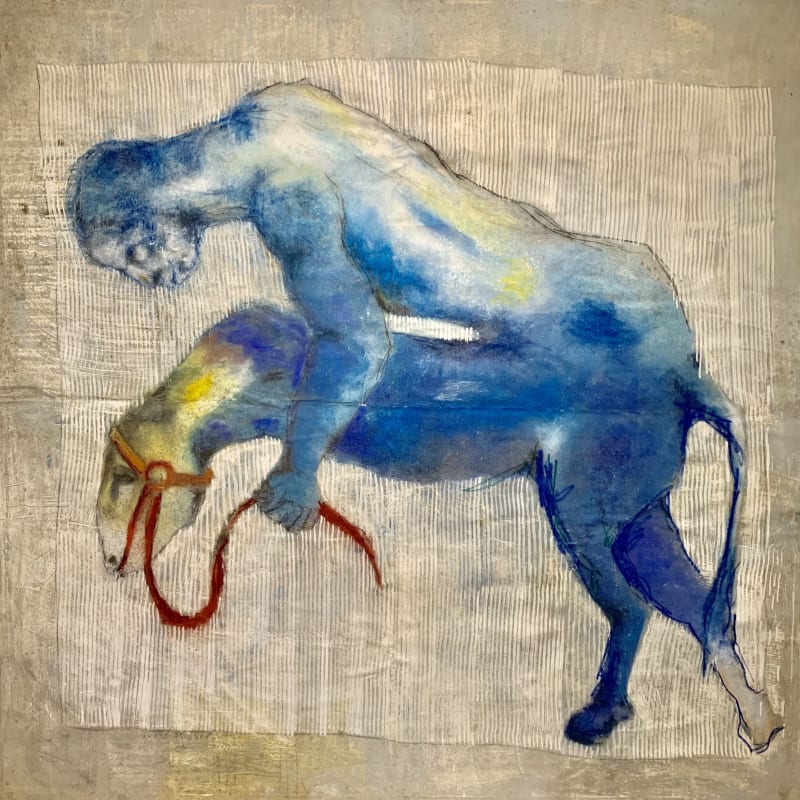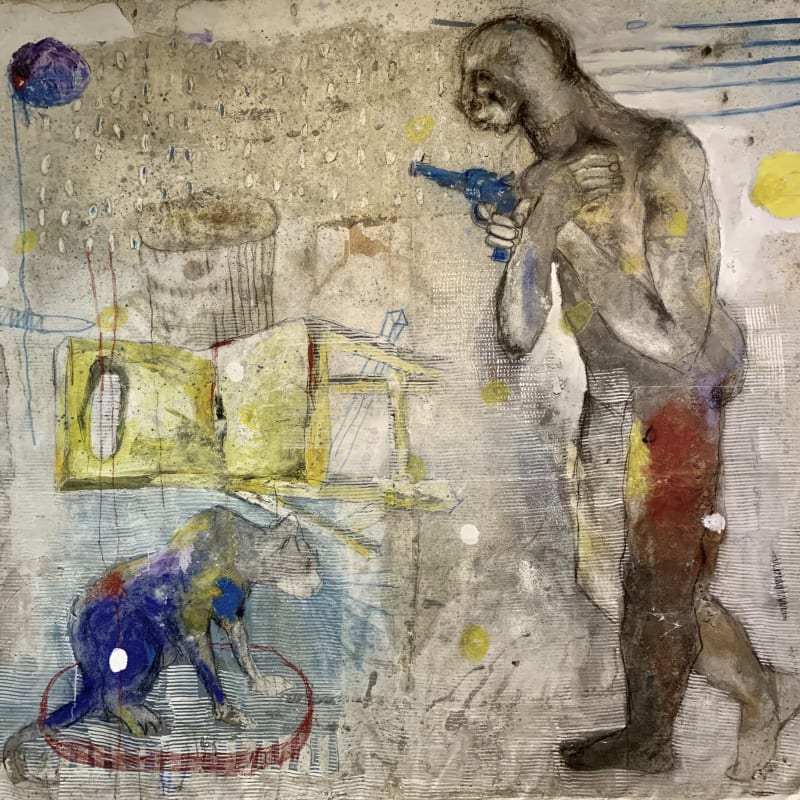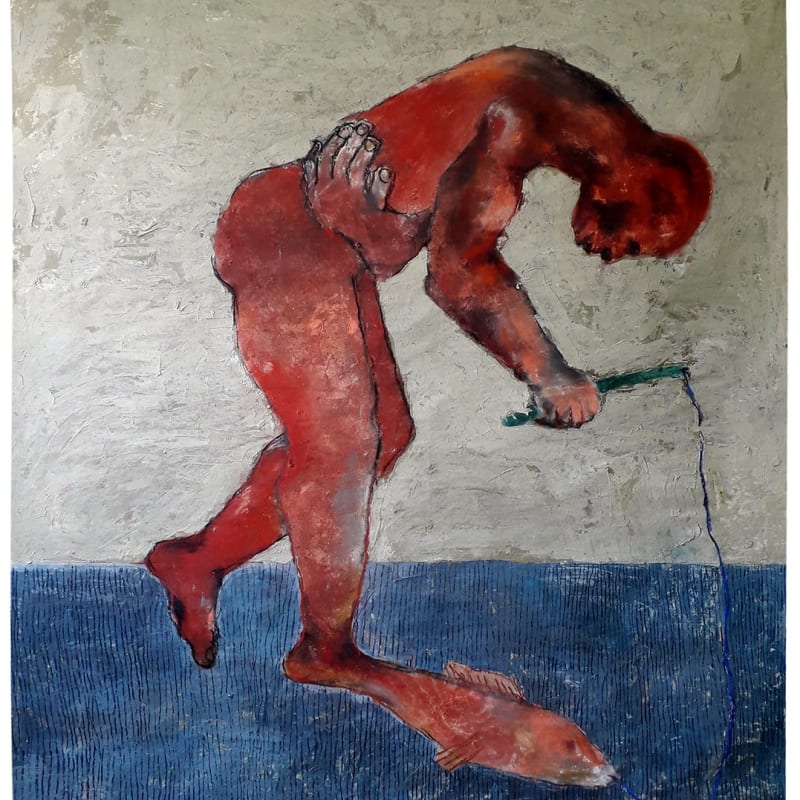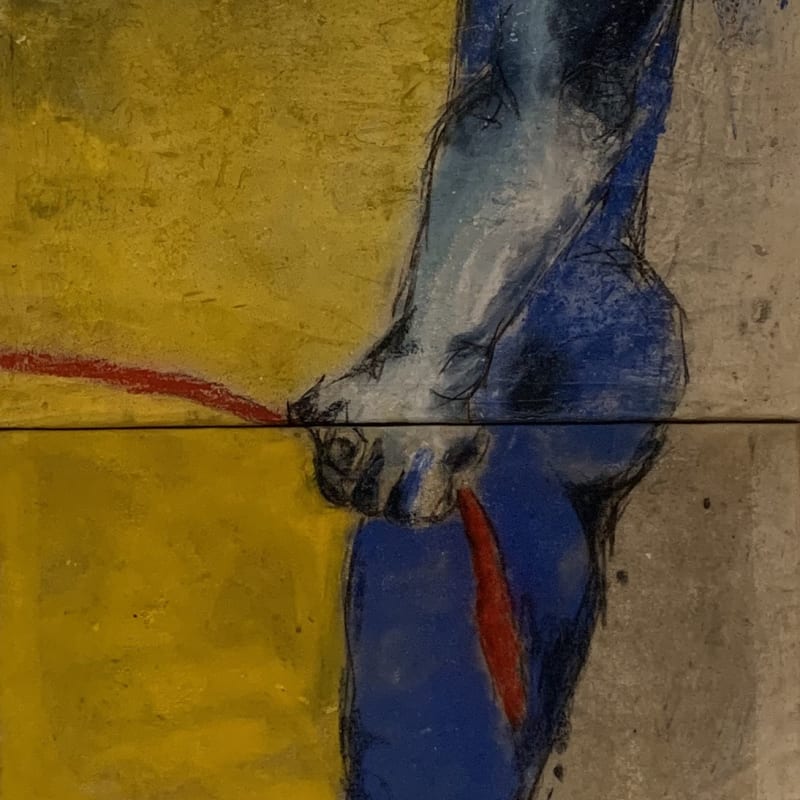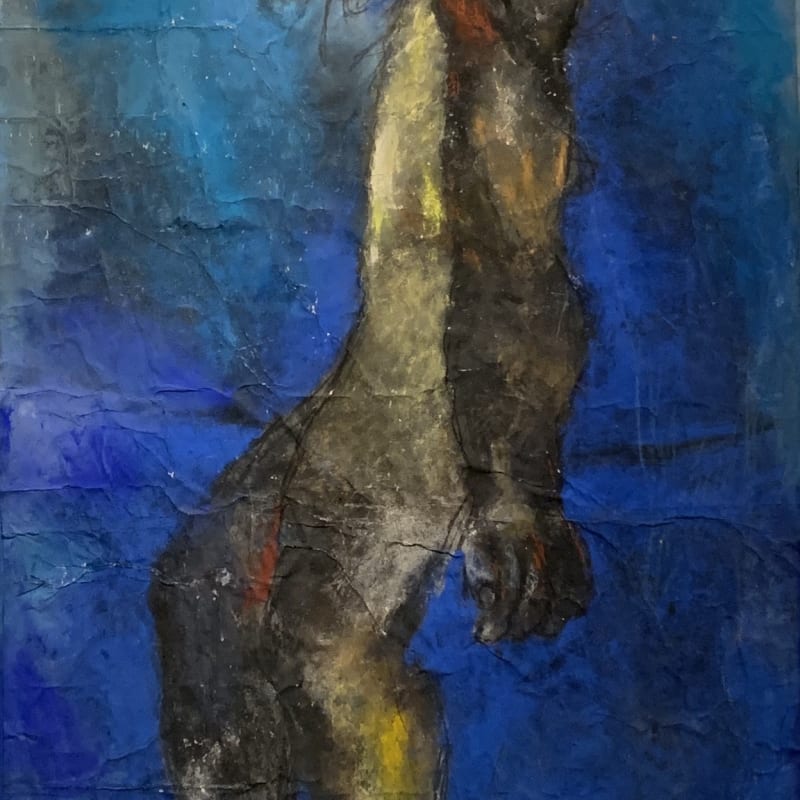Private View: 13th of December, 6.30 - 9.00 pm
Mysterious half-man, half-animal beings appear on the canvas in surreal, seemingly mythological scenes. Togolese artist Sadikou Oukpedjo presents a stunning new series of paintings for his solo exhibition Transcendental at Kristin Hjellegjerde Gallery Berlin. Through visually raw and dynamic imagery, the Ivory Coast-based artist explores existence following the belief that man was first created as a hybrid being.
Oukpedjo believes that human beings were originally fused with animal forms, while at the same time remaining conscious of their humanity. Thus, the human possesses a kind of dual consciousness as well as a complex physicality that goes beyond our conventional understanding of the human form. It is man’s separation from the animal being that has and continues to preoccupy the artist, who claims that this perceived ‘liberation’ is, in fact, the cause of violence and conflict in the human world. Through his artistic practise, Oukpedjo seeks to better understand the consequences of this severing, a process that he calls self-induced and describes as a perverse kind of cannibalism: ‘Like the female animal that eats its placenta, man feeds on his first form in the world by erasing traces of his animality.’
Simultaneously strange and familiar, Oukpedjo’s figures appear to reference Greek mythologies.The artwork entitled Chasseur de Taureau de la République for example, depicts a hybrid being reminiscent of a centaur or minotaur, which are traditionally symbols of violence and war. While the artist’s earlier work dealt with the ‘mutation’ process, in which humans struggled to free themselves from animal forms, Transcendence offers a new perspective, showing humankind to have progressed from conflict into a peaceful negotiation with their animality. This is perhaps most obvious in the painting entitled Séparation, which shows the beginning of a reunion between a horse and a peacefully immobile female figure.
One of the most striking artworks in the exhibition, entitled Narcisse, shows a hybrid man-horse in which the human half of the body holds the animal with reins. Whilst the imagery is surreal, the essence of the scene is familiar and all the more chilling understood through the artist’s lens in which we understand the animal being restrained as another self. The connotations of slavery here are obvious, but through the emotive imagery, the artist seeks to explore complex issues around the essence of humankind, the tension between humanity and violent, cruel or ‘animalistic’ behaviour. ‘People have enslaved animals, humans and nature. They destroy and kill. Except for humans, I do not know any animals that kill others to secure their food or their survival,’ commented the artist.
Beyond spiritual and cultural narratives, Oukpedjo’s hybrid beings encompass the struggles and mutations that lead to the formation of a national and personal identity. Transcendence is the artist’s attempt to create a new mythology, which promotes unity and integrity rather than continual conflict.
